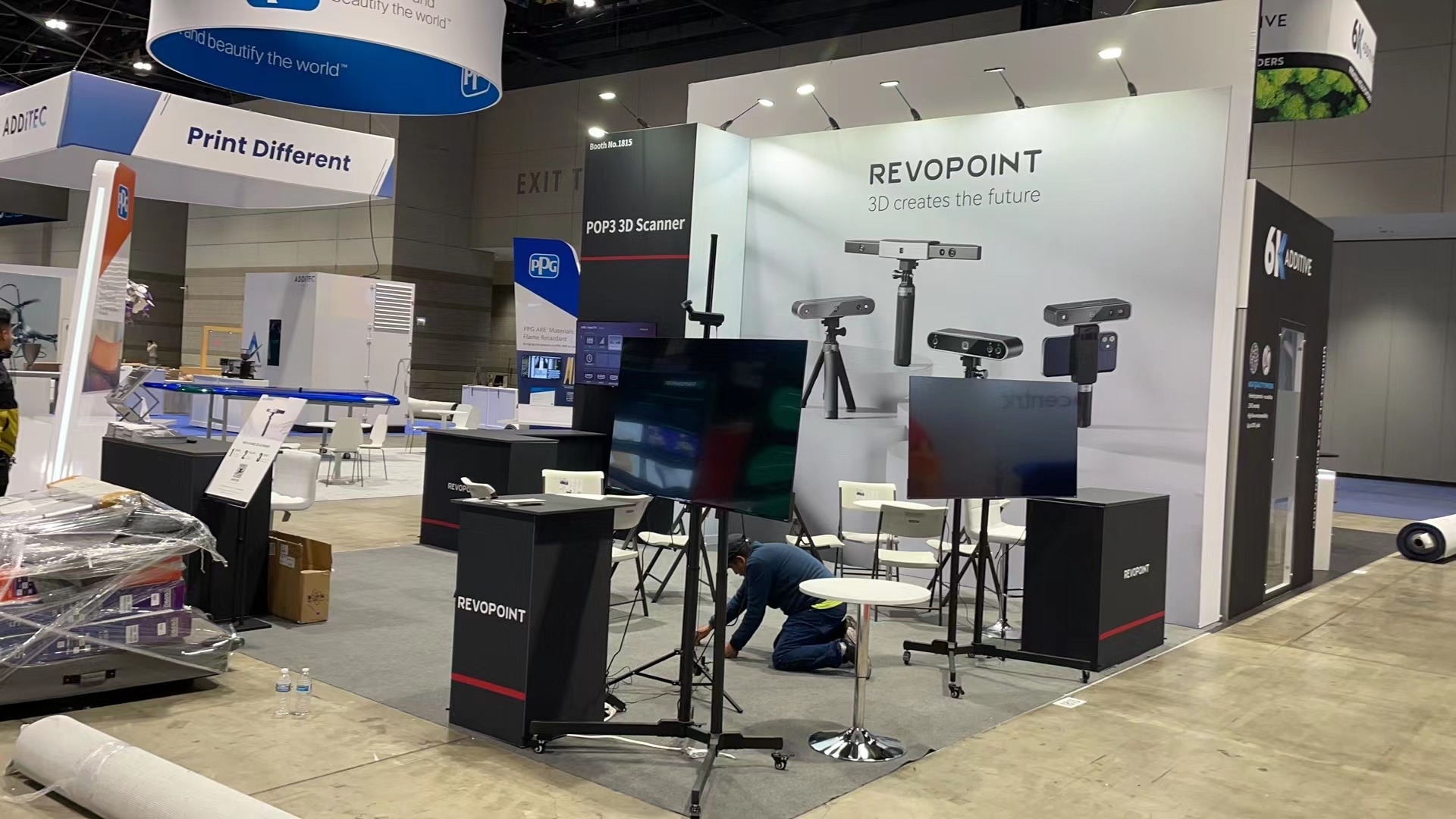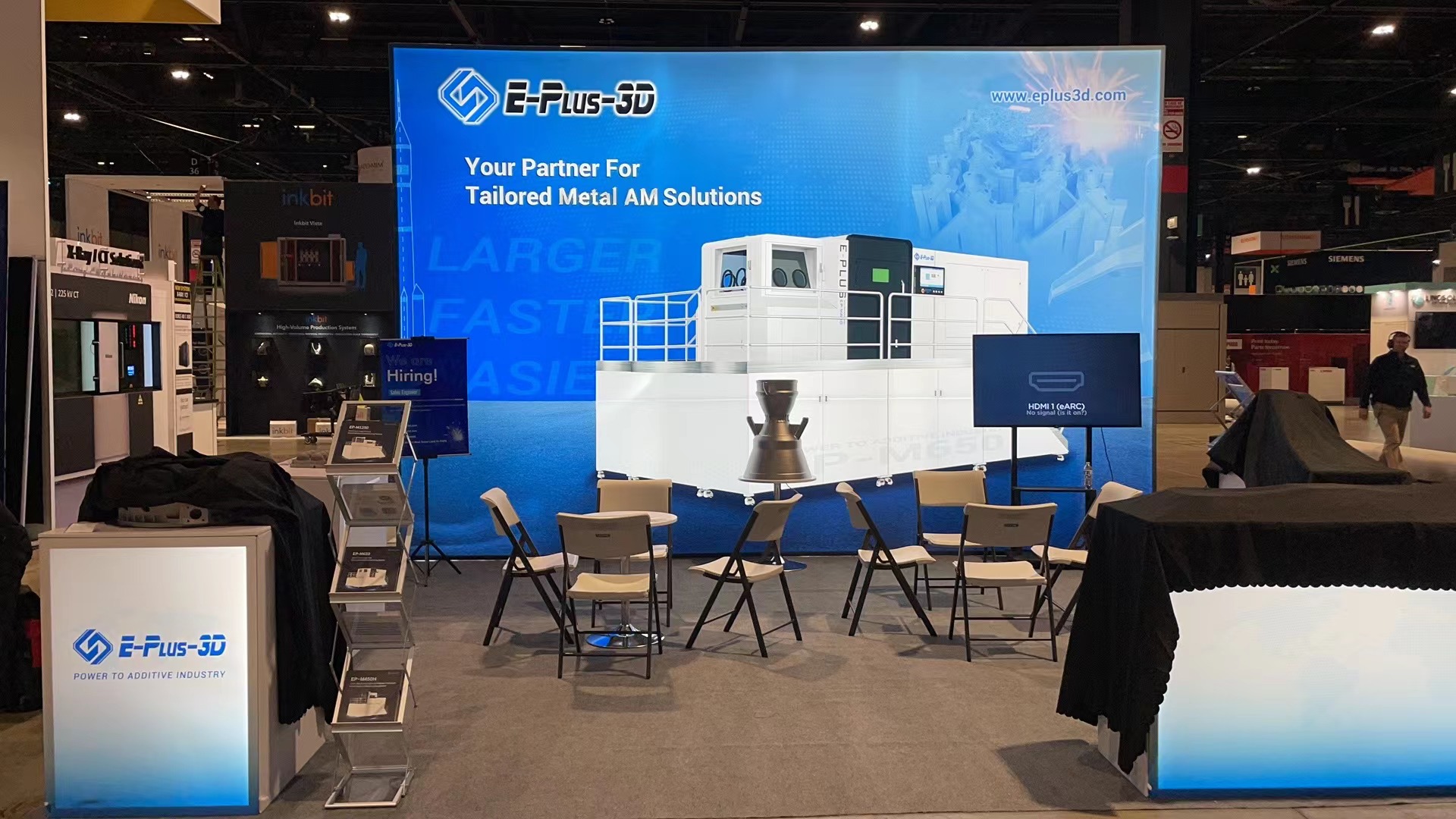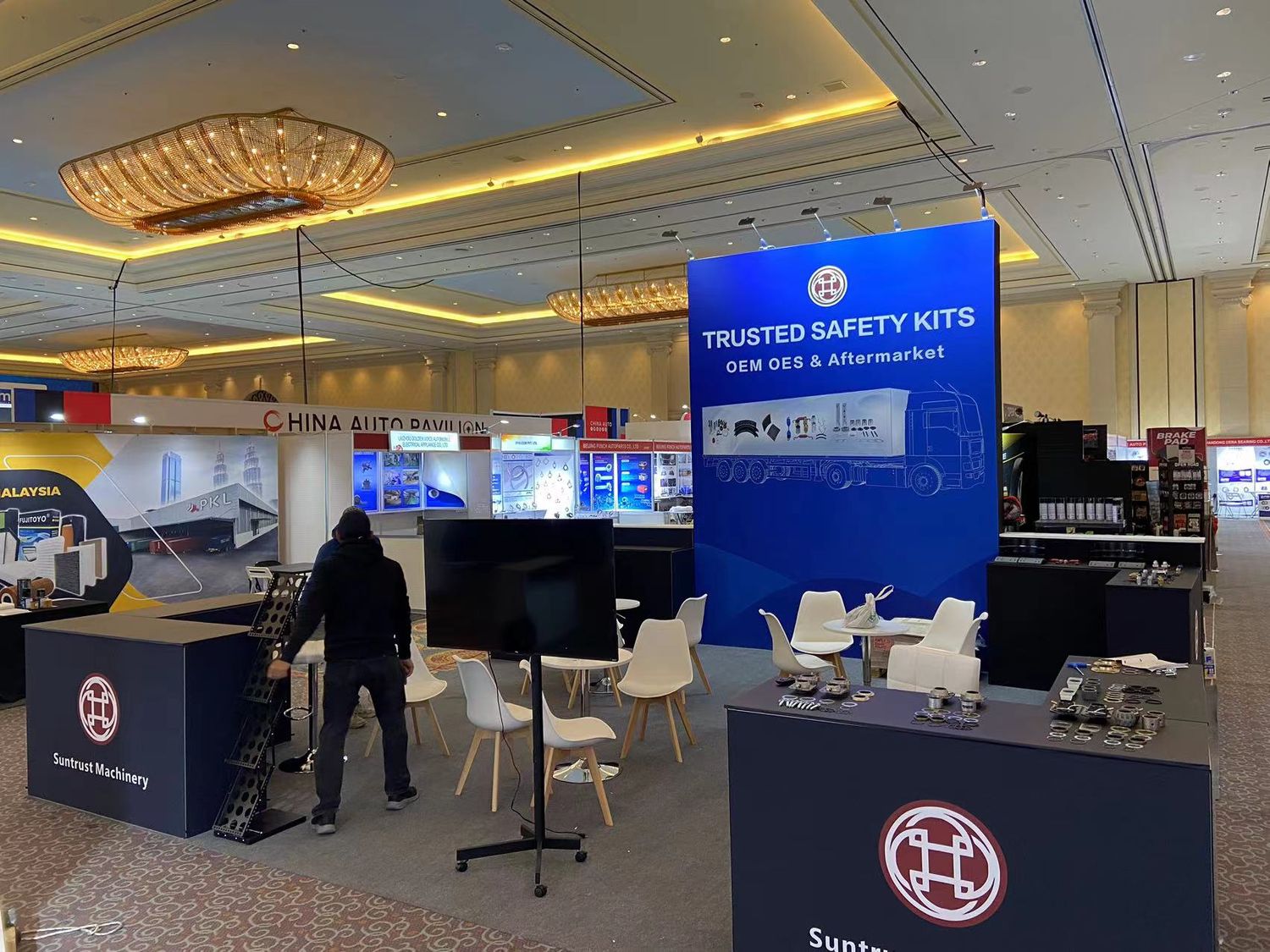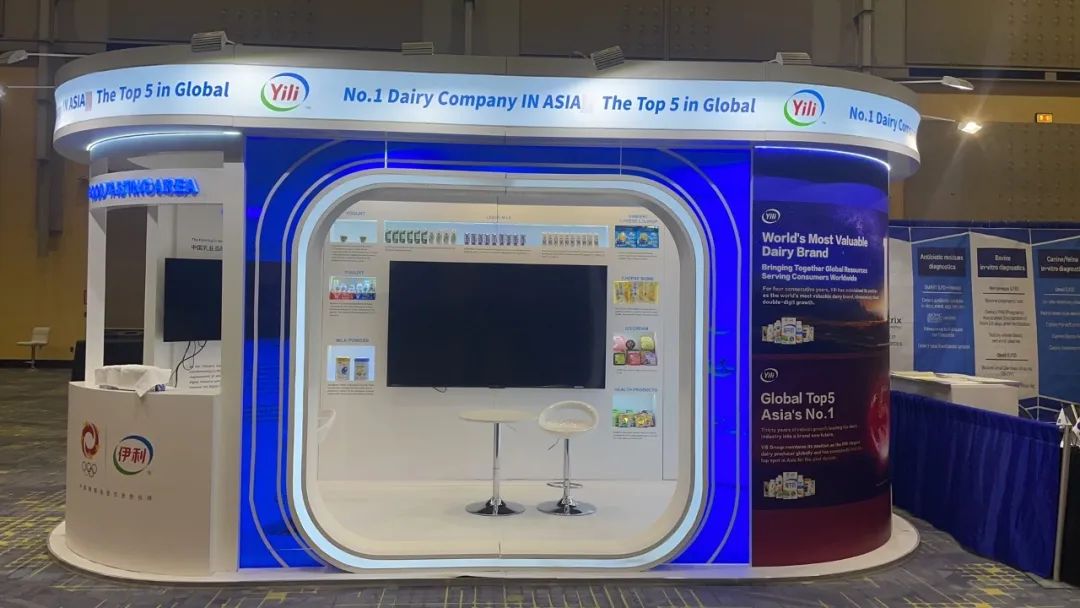Modular vs. Traditional Exhibit Design in Germany: Key Insights for 2025
Choosing between modular and traditional exhibit designs is a pivotal decision for businesses targeting Germany’s competitive trade show landscape. With Germany’s emphasis on precision, sustainability, and innovation, this choice impacts budget efficiency, brand perception, and long-term success. Here’s a streamlined analysis to guide your strategy.
![_U6RFC6`][(IX8(D52MEUB7.png](/uploads/allimg/20231115/1-231115233GSO.png)
1. Modular Design: Efficiency Meets Sustainability
Modular systems dominate Germany’s exhibition scene due to their practicality and alignment with eco-conscious trends.
Cost Savings: Prefabricated components reduce expenses by 20–30%, with reusable materials cutting waste and logistics costs. For example, SMEs using modular setups save up to 18% in total budgets compared to traditional builds.
Rapid Assembly: Modules shorten setup time by 40–60%, ideal for Germany’s strict 3–5 day installation windows. The 2024 LIGHT+BUILDING showcase in Frankfurt demonstrated this with wooden pallets and crates reused across events, slashing both time and material waste.
Sustainability Compliance: Recyclable materials like aluminum and biodegradable composites meet Germany’s stringent environmental regulations, aligning with the EU Green Exhibition Initiative.
Scalability: Modular designs adapt easily to varying booth sizes, allowing brands to test markets without redesign costs.
Limitations: Standardized modules may lack uniqueness, risking homogeneity in industries like automotive or luxury goods.
2. Traditional Design: Unmatched Customization for Premium Impact
Traditional builds remain favored for high-end brands and immersive storytelling.
Tailored Brand Experiences: Custom designs integrate advanced technologies (AR/VR, holograms) and architectural flair. German automotive giants often use kinetic installations or bespoke steel frames to showcase engineering excellence.
Structural Freedom: No height restrictions enable dramatic, large-scale setups. For instance, luxury brands leverage polished metals and tempered glass to convey exclusivity.
Premium Perception: High-quality materials and intricate craftsmanship elevate brand prestige, critical for sectors like fashion or watches.
Challenges: Costs run 2–3x higher than modular designs, with 3–6 month lead times and strict TÜV certification requirements. Non-recyclable materials like PVC also conflict with sustainability goals.
3. Strategic Recommendations for German Exhibitors
Budget-Conscious Brands: Opt for modular systems with tech upgrades (e.g., embedded IoT sensors or VR stations) to balance cost and engagement.
Luxury & Large-Scale Launches: Invest in traditional designs for immersive storytelling, but allocate 10–15% of budgets for eco-friendly materials to meet sustainability mandates.
Hybrid Solutions: Combine modular bases with custom accents. Use prefab walls paired with interactive LED ceilings or kinetic art to merge efficiency with creativity.
Compliance Priority: Ensure all designs meet German safety standards (e.g., DIN 4102 fire ratings) and localize content (German-language materials boost engagement by 47%).
In 2025, modular designs are optimal for cost efficiency, frequent exhibitors, and eco-conscious brands. Traditional builds, however, reign supreme for luxury sectors and large-scale launches demanding bespoke grandeur. By aligning your choice with business goals, sustainability commitments, and audience expectations, you can maximize ROI at events like Hannover Messe or IFA Berlin.




